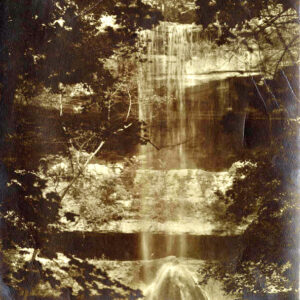 Clifty Creek Falls
Clifty Creek Falls
Entry Category: Land and Resources - Starting with C
 Clifty Creek Falls
Clifty Creek Falls
Climate Change
aka: Global Warming
 Coal Miners Memorial
Coal Miners Memorial
Coal Mining
 Coal Mining Settlement
Coal Mining Settlement
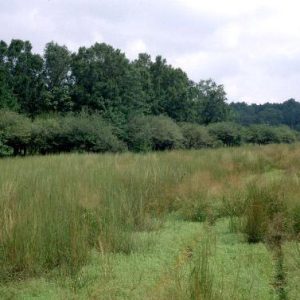 Coffee Prairie Natural Area
Coffee Prairie Natural Area
Coleman Dairy
 Coleman Dairy "Annie Oakley" Bottle
Coleman Dairy "Annie Oakley" Bottle
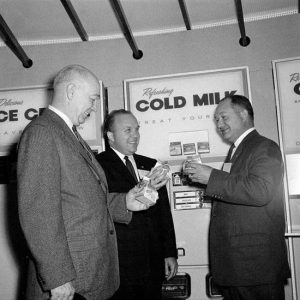 Coleman Dairy Personnel
Coleman Dairy Personnel
 Coleman Dairy Delivery Truck
Coleman Dairy Delivery Truck
 Eleithet Coleman
Eleithet Coleman
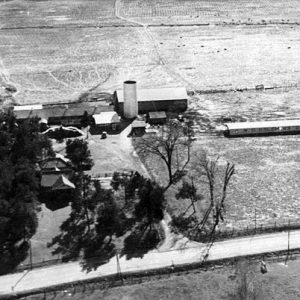 Coleman Dairy Aerial View
Coleman Dairy Aerial View
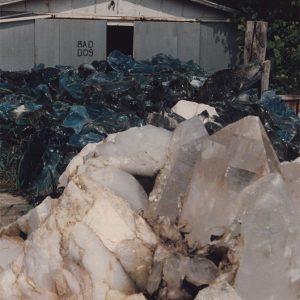 Coleman Quartz
Coleman Quartz
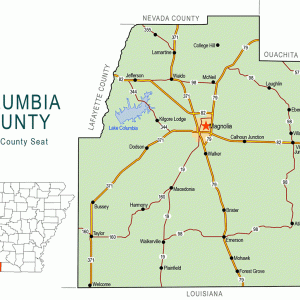 Columbia County Map
Columbia County Map
 Comet Coal Mine
Comet Coal Mine
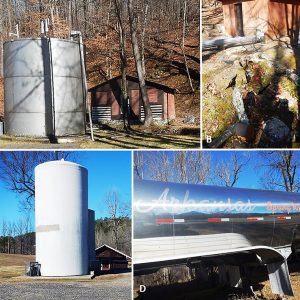 Commercial Springs
Commercial Springs
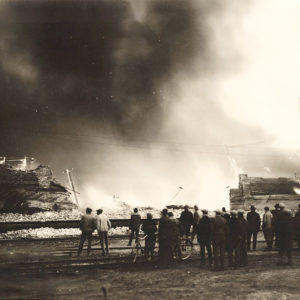 Compress Fire
Compress Fire
 Neil Compton
Neil Compton
Compton, Neil Ernest
 Concatenated Order of Hoo-Hoo
Concatenated Order of Hoo-Hoo
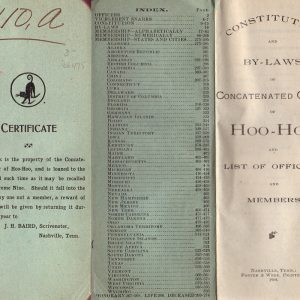 Concatenated Order of Hoo-Hoo Constitution
Concatenated Order of Hoo-Hoo Constitution
 Concatenated Order of Hoo-Hoo Membership Card
Concatenated Order of Hoo-Hoo Membership Card
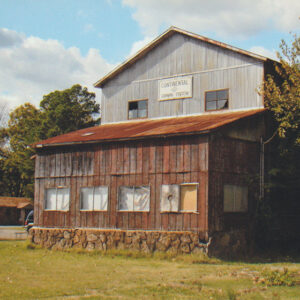 Continental Ginning System
Continental Ginning System
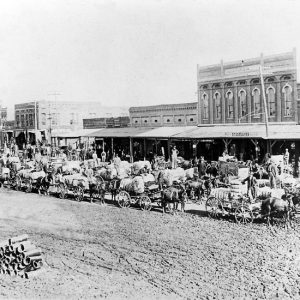 Conway Cotton Wagons
Conway Cotton Wagons
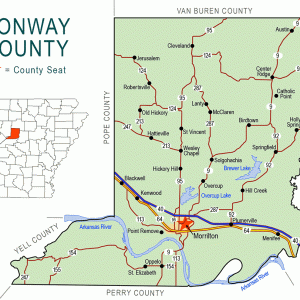 Conway County Map
Conway County Map
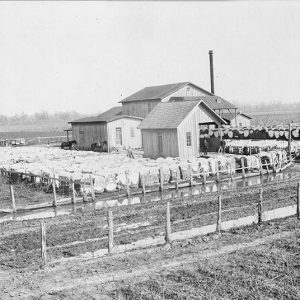 Cook Cotton Mill
Cook Cotton Mill
 Barnett Manly Cook
Barnett Manly Cook
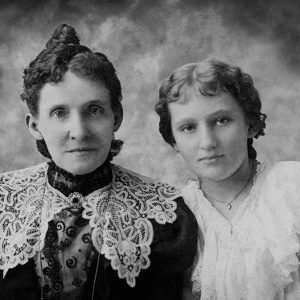 Mildred and Varina Cook
Mildred and Varina Cook
 Neva Pearl Cook
Neva Pearl Cook
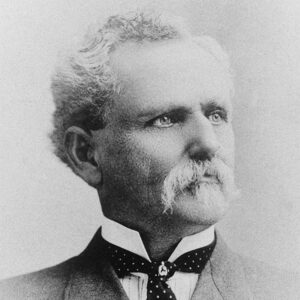 V. Y. Cook
V. Y. Cook
 Virgil Whitfield Cook
Virgil Whitfield Cook
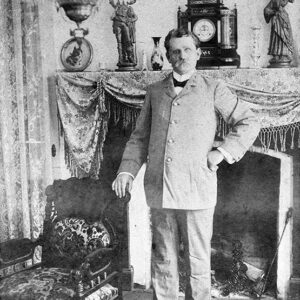 V. Y. Cook
V. Y. Cook
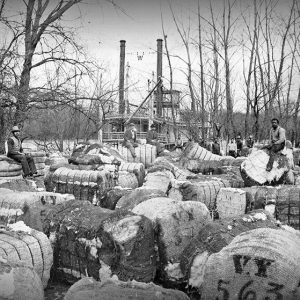 Cook's Landing
Cook's Landing
Cossatot River
 Cossatot River
Cossatot River
 Cossatot River State Park - Natural Area
Cossatot River State Park - Natural Area
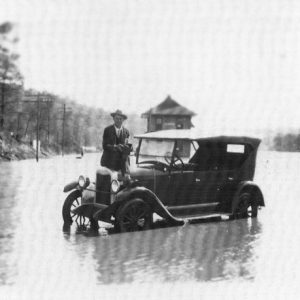 Cotter Flood
Cotter Flood
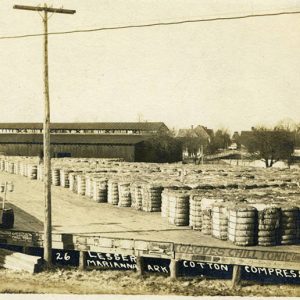 Cotton Compress
Cotton Compress
Cotton Gins
Cotton Industry
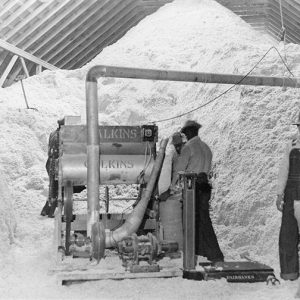 Cotton Seed
Cotton Seed
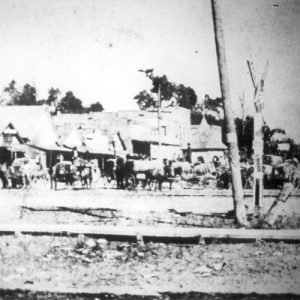 Cotton Wagons
Cotton Wagons
 Cotton Wagons
Cotton Wagons
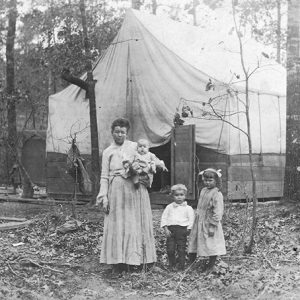 Cotton Workers' Tent
Cotton Workers' Tent
 Cottonwood Tree
Cottonwood Tree
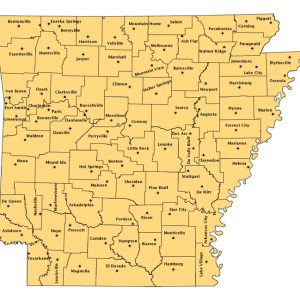 County Seats Map
County Seats Map
 Cove Creek Natural Area
Cove Creek Natural Area
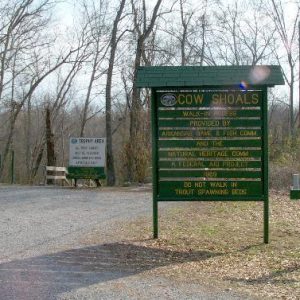 Cow Shoals Riverfront Forest Natural Area
Cow Shoals Riverfront Forest Natural Area
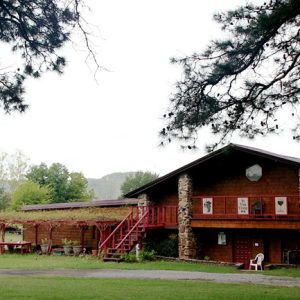 Cowie Wine Cellars
Cowie Wine Cellars
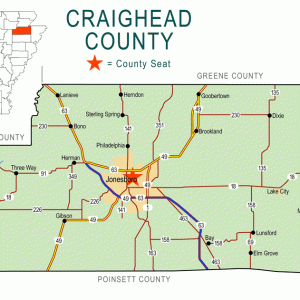 Craighead County Map
Craighead County Map




